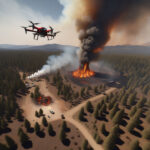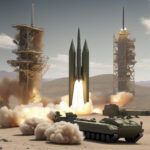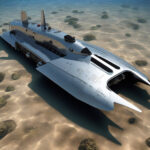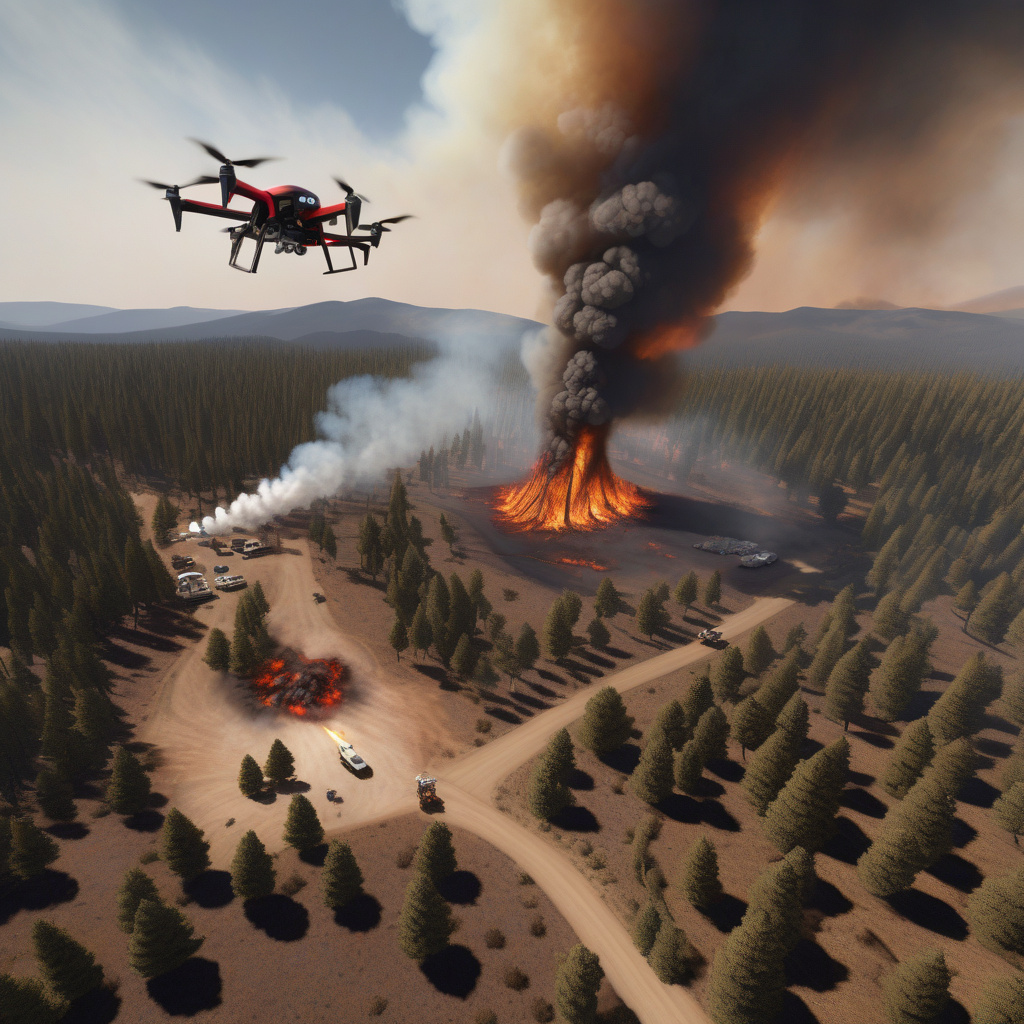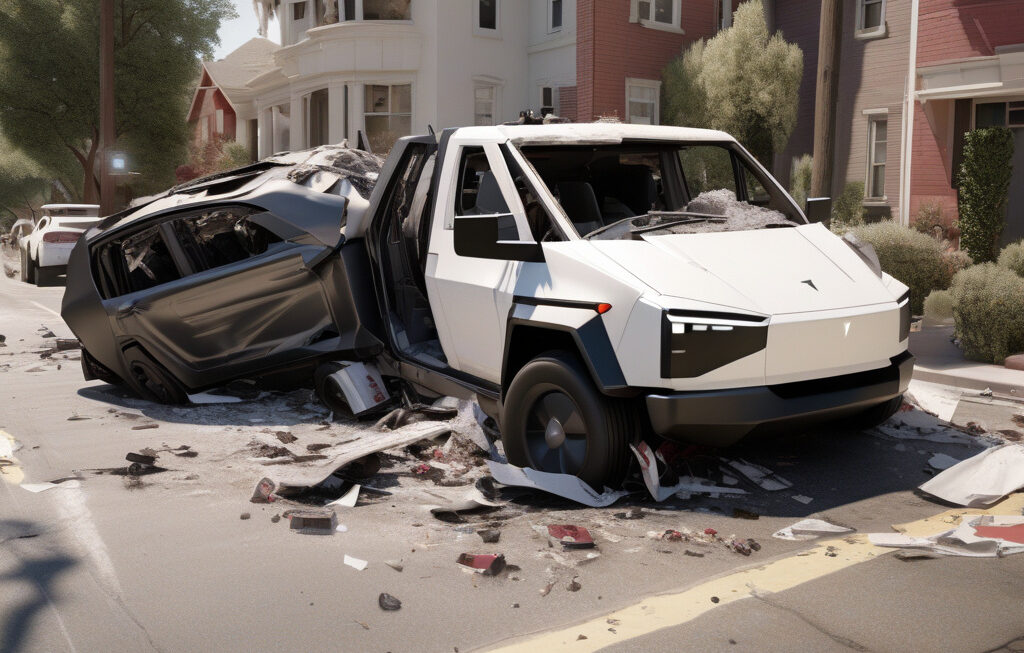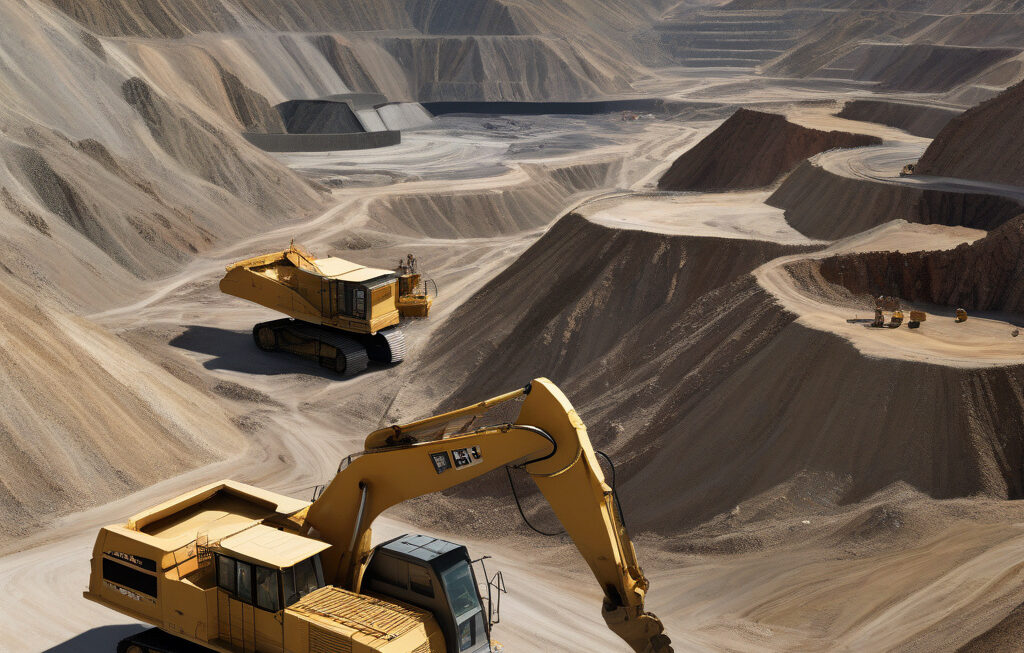Uncrewed Aerial System with Wildfire Response Platform Planned to Save Thousands of Lives
Two companies have joined hands to develop an automated aerial platform that can help tackle the devastating effects of wildfires. This innovative system aims to revolutionize wildfire response efforts and potentially save thousands of lives in the process.
The collaboration between these two companies marks a significant milestone in the field of disaster response technology. By harnessing the power of automation and artificial intelligence, this uncrewed aerial system (UAS) can quickly and efficiently survey wildfire-affected areas, gather critical data, and support firefighting efforts on the ground.
One of the key advantages of this UAS is its ability to operate in dangerous and hard-to-reach locations. By eliminating the need for human pilots, the system can navigate through thick smoke, extreme heat, and unpredictable wind patterns with ease. This not only enhances the safety of the response team but also allows for rapid and effective deployment in emergency situations.
Moreover, the UAS is equipped with advanced sensors and imaging technology that can provide real-time data on fire behavior, temperature patterns, and the spread of the blaze. This information is invaluable for incident commanders and firefighters on the ground, enabling them to make informed decisions and allocate resources more effectively.
In addition to its surveillance capabilities, the UAS also has the potential to deliver payloads such as fire retardants, water, or medical supplies to remote areas. This feature can be crucial in containing the spread of wildfires and providing aid to communities cut off by the blaze.
Furthermore, the UAS is designed to be cost-effective and scalable, making it a practical solution for both large-scale wildfires and smaller, localized incidents. By streamlining the response process and reducing the reliance on traditional aircraft, the system can help emergency services respond more efficiently to wildfire emergencies.
As wildfires continue to pose a significant threat to lives, property, and the environment, the development of innovative technologies like this UAS is more critical than ever. By leveraging automation and artificial intelligence, we can enhance our ability to predict, prevent, and respond to wildfires in a proactive and effective manner.
In conclusion, the uncrewed aerial system with a wildfire response platform represents a major step forward in disaster response technology. With its advanced capabilities, safety features, and potential for saving lives, this innovative system has the power to make a lasting impact on wildfire management and emergency response efforts.
wildfire, response platform, uncrewed aerial system, disaster technology, artificial intelligence
